In Asian countries like China and Vietnam, longan (Euphoria Longan) is often called “Dragon’s Eye” because of the white eye-shaped mark on the pit – giving it the appearance of an actual eyeball. And just like the mythical creature it’s been named for, longan fruit has been dubbed “magical” because of its wholesome benefits – Don’t underestimate it because of its small size. Here’s everything you should know about the humble longan berry.
What Is Longan?
Longan refers to an evergreen tree from the soapberry family, and is indigenous to China and India (although it is now grown all over Southeast Asia). This medium-sized tree can grow up to 20 to 23 feet in height, with a cork-like bark and roundish crown. Its leaves are shiny dark green, with a leathery texture and pointed tips.
The star of this plant, however, is the fruit. Small and round, longan berries have a fragile, pale brown skin (called a pericarp), a sensitive, whitish, almost transparent flesh and a small brown or black seed in the center. The berries are a little bit bigger than olives.
Some people think that there’s not much distinction between longan versus lychee, but you should know that these are two different plant species. They’re closely related, though, and longan is often called lychee’s “little brother.” It’s also related to rambutan (minus the spiky red skin).
In addition, longan berries are said to be “more gratifying” than the lychee. Its flesh is juicy and deliciously sweet, with a musky flavor almost similar to that of grapes.
Longan trees grow best in areas with tropical weather, where the autumns are dry and there’s no frost during winter. The trees are cultivated as a food source, but in cold areas, they’re usually grown only as an ornamental plant because they cannot produce fruit in low temperatures.
The Many Health Benefits of Longan
This fruit may be small, but it surely packs a wallop when it comes to nutritional benefits. You can get vitamins B1, B2 and B3 from longan, and it’s also a good source of free radical-scavenging vitamin C. When it comes to minerals, iron, copper, potassium and magnesium are some standout mentions.
You can also get protein and dietary fiber from longan. Plus, it has phenolic acids that can provide you with antioxidant, antiviral, antifungal and antibacterial effects. Because of this impressive variety of nutrients, longan berries have been linked to numerous health benefits, some of which include:
- Helps bolster your immunity against colds and flu – The vitamin C in longan berries improves your defense mechanism, and is also essential to iron absorption and improving skin health.
- Promotes optimal blood circulation –This is mainly due to its high iron content, which is said to be 20 times higher than grapes and 15 times higher than spinach. Consuming longan may also help prevent anemia.
- Helps maintain cardiovascular health – By rejuvenating blood circulation, longan berries can effectively stimulate the spleen and help improve heart conditions, reducing the risk of cardiac arrest and stroke. It can also soothe the nervous system.
- Improves the appearance of skin – The nutrients in longan may have properties that can help slow down the signs of aging and enhance overall skin health.
Longans Nutrition FactsServing Size: 100 grams |
||
| Amt. Per Serving |
% Daily Value* |
|
| Calories | 60 | |
| Calories from Fat | 1 | |
| Total Fat | 0 g | 0% |
| Saturated Fat | 0 g | 0% |
| Trans Fat | ||
| Cholesterol | 0 mg | 0% |
| Sodium | 0 mg | 0% |
| Total Carbohydrates | 15 g | 5% |
| Dietary Fiber | 1 g | 4% |
| Sugar | ||
| Protein | 1 g | |
| Vitamin A0% | Vitamin C | 140% |
| Calcium0% | Iron | 1% |
*Percent Daily Values are based on a 2,000 calorie diet. Your daily values may be higher or lower depending on your calorie needs.
Other Longan Uses You May Not Know About
Don’t think that its flesh is the only beneficial part of this wonderful fruit – the seeds, as well as the rind, can actually be burned as fuel. Crushing the seeds also produces a foam that can be used in shampoo production.
Meanwhile, the longan tree, aside from being an ornamental plant, can be used for construction purposes or in making furniture.
In Vietnam, one interesting belief about longan is that it can be an antidote to snakebites. The locals believed that pressing the “eye” of the seed against the bitten area may help absorb the venom.
There Are Many Longan Recipes You Can Try
Longan berries can be eaten on their own, but they can complement various recipes as well. They are usually used in the same way as lychees, added to fresh fruit salads, desserts and other sweet treats like sorbets and jellies. Longan pudding recipes, made with coconut milk, are also popular in many Asian countries.
Longan can also be added to oriental dishes, such as Thai-fried rice, but make sure to add them to the dishes just before serving to retain their flavor and fragrance.
You can also use this fruit for beverage recipes, such as longan juice and smoothies. Another traditional way of enjoying this is by making longan tea. Here’s a recipe you can try:
Longans are definitely a culinary treasure that you should add to your diet. They not only boast of a delicious sweet taste, but are jampacked with healthy nutrients as well.
Just remember, though, to consume longan berries in moderation. They may contain fructose, which can wreak havoc on your health if consumed in large amounts.

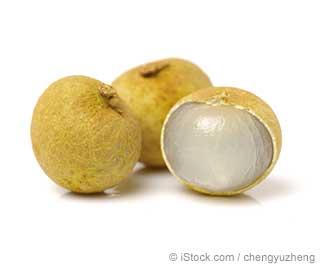
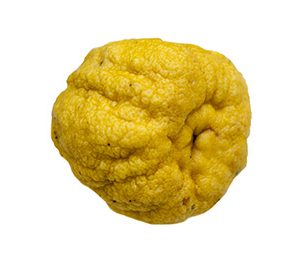

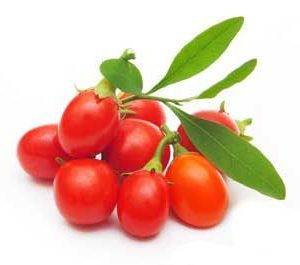
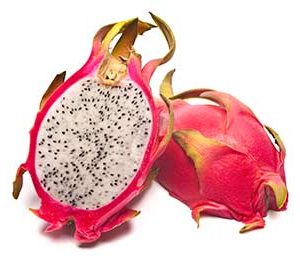
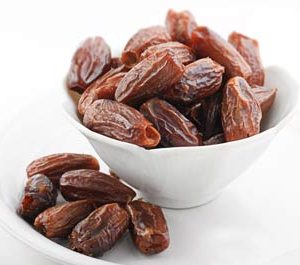
Reviews
There are no reviews yet.